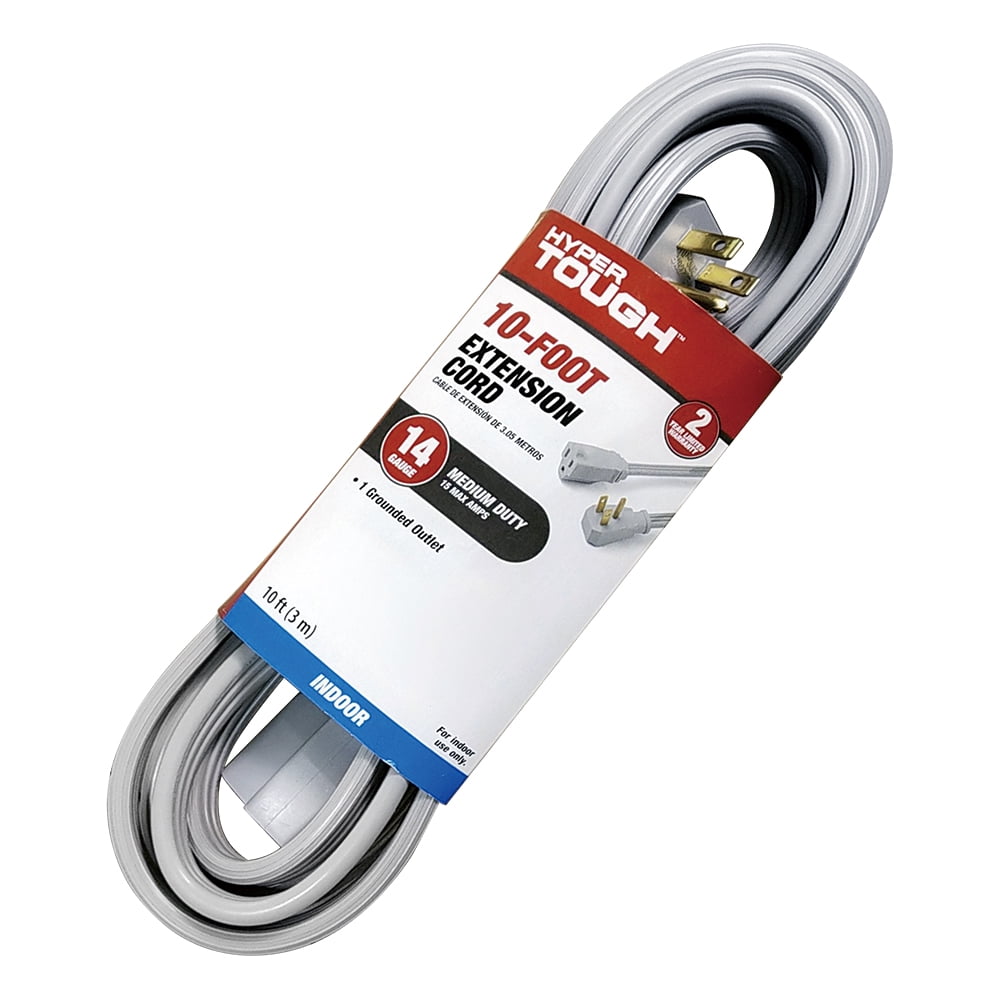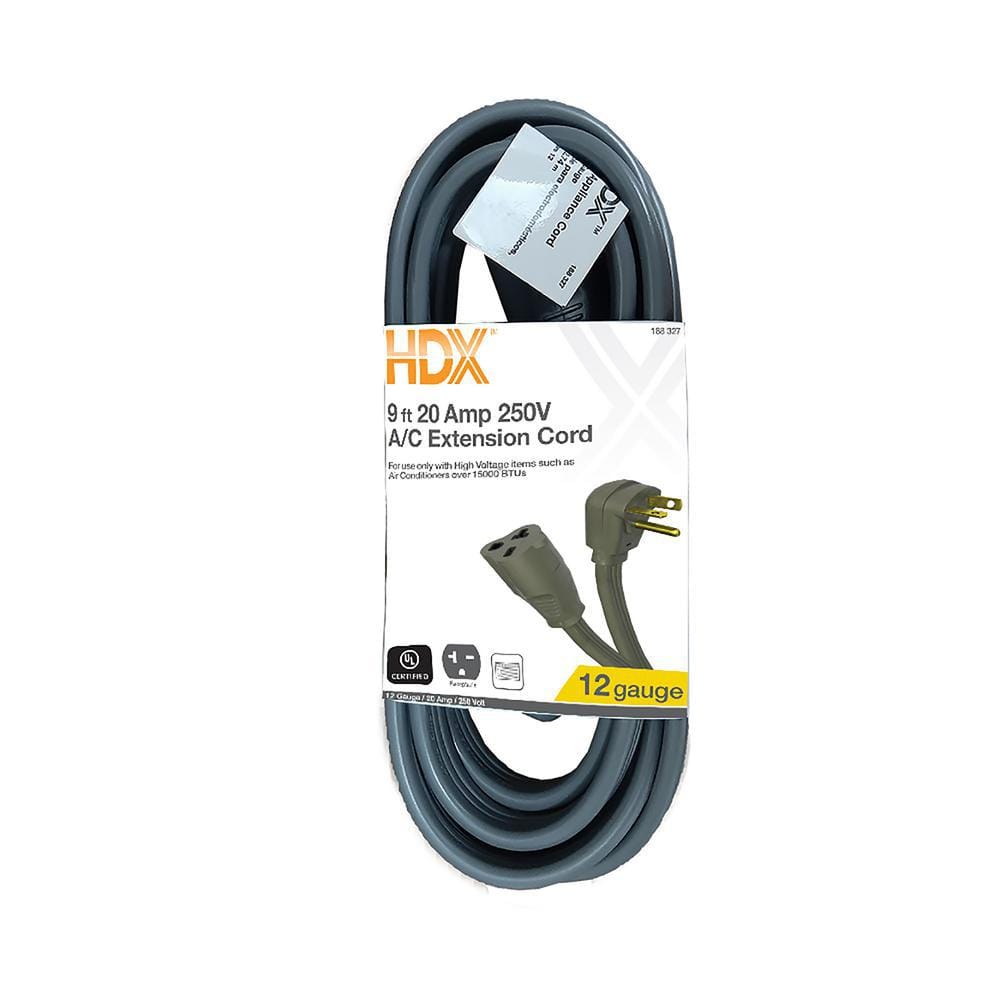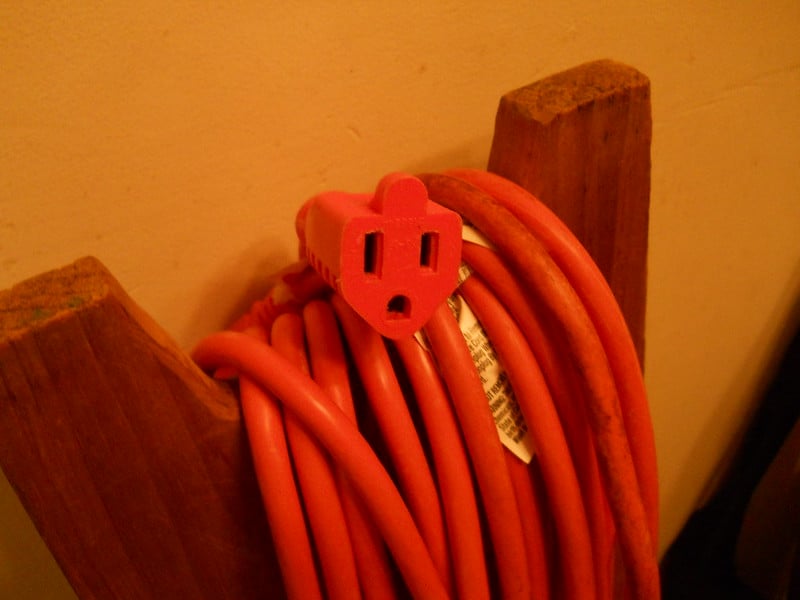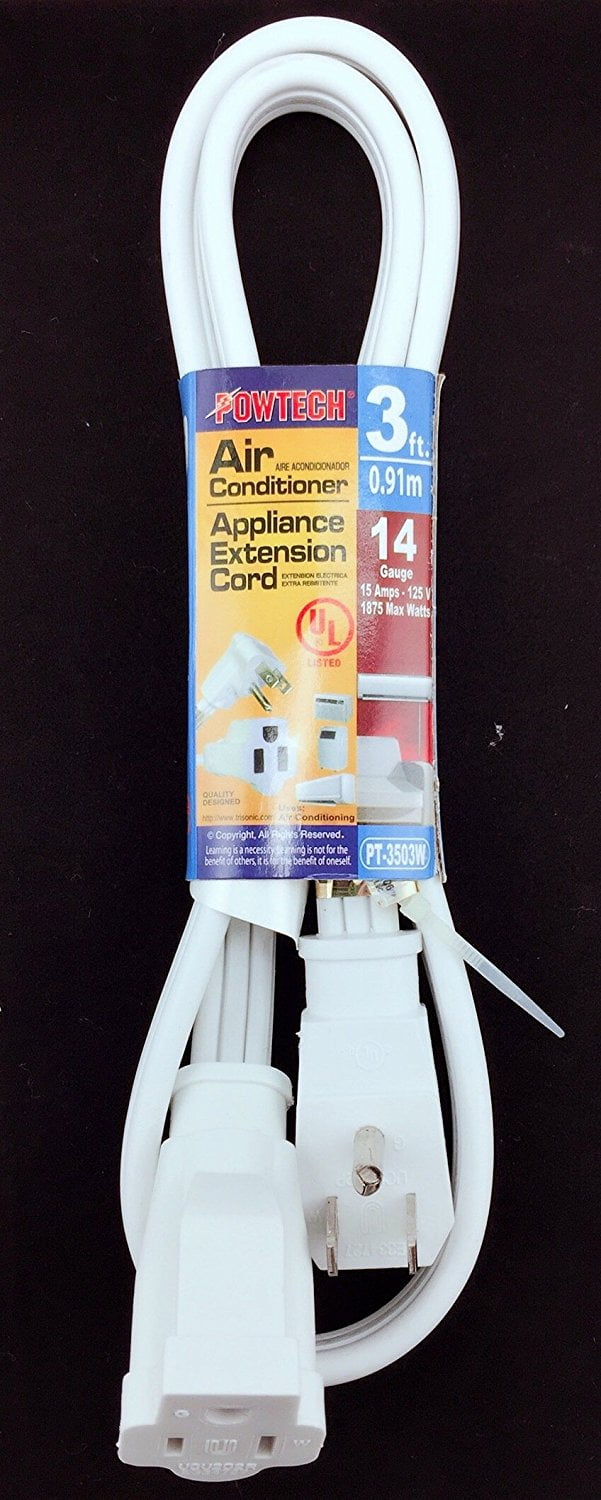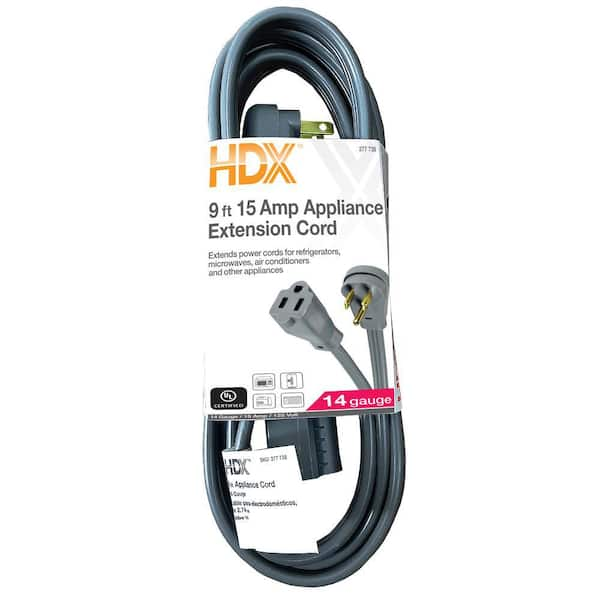Extension Cord For Ac Window Unit

The summer heat hung thick and heavy, a shimmering curtain distorting the view from Mrs. Gable's sun-drenched apartment window. Inside, the air conditioner hummed a valiant but insufficient tune, barely making a dent in the oppressive warmth. A frustrated sigh escaped her lips as she glanced at the offending appliance, its plug stubbornly out of reach of the nearest outlet. The only solution, she knew, was the dreaded extension cord—a decision fraught with whispered warnings from well-meaning neighbors and a nagging sense of electrical unease.
This seemingly simple scenario encapsulates a common dilemma: Is it safe to use an extension cord for an AC window unit? The answer, while not a straightforward yes or no, hinges on understanding electrical safety, appliance requirements, and the often-overlooked nuances of extension cord specifications. Choosing the right type and using it responsibly is paramount to avoiding hazards.
The Dangers Lurking
The concern surrounding extension cords and AC units stems from the potential for overloading. AC units, particularly older models, require significant power to operate. When an AC unit draws more electricity than the extension cord can handle, the cord can overheat, leading to insulation melting, short circuits, and even fires.
According to the Electrical Safety Foundation International (ESFI), extension cords are a contributing factor in thousands of residential fires each year. Many of these incidents could be prevented with a greater awareness of electrical safety principles.
Amperage and Wattage: The Key to Safety
Understanding amperage and wattage is crucial. Every electrical appliance, including AC units, has a wattage rating, indicating how much power it consumes. This information is usually found on a sticker or plate on the appliance itself.
Extension cords also have an amperage rating, which indicates the maximum amount of current they can safely handle. To use an extension cord safely with an AC unit, the cord's amperage rating must be equal to or greater than the amperage required by the AC unit. Calculating the amperage of an AC unit is relatively simple: divide the wattage by the voltage (typically 120 volts in the US). For instance, a 1200-watt AC unit draws 10 amps (1200/120=10).
Using an undersized extension cord is like trying to force too much water through a narrow pipe; the system becomes stressed and prone to failure. This is where the risk of overheating and fire increases significantly.
Finding the Right Cord
Choosing the right extension cord involves several considerations. First and foremost, it must have the appropriate amperage rating. A 12-gauge or 10-gauge extension cord is generally recommended for AC units, as these are designed to handle higher currents. Avoid using lightweight or "lamp" cords, as they are not suitable for high-power appliances.
Secondly, consider the length of the cord. While it might be tempting to use a longer cord for convenience, longer cords can lead to voltage drop, meaning the AC unit receives less power than it needs. This can reduce its efficiency and potentially damage the motor. If a longer cord is unavoidable, opt for a heavier gauge to minimize voltage drop.
Thirdly, ensure the cord is specifically designed for outdoor use if the AC unit is located near a window where the cord might be exposed to moisture. Outdoor-rated cords have thicker insulation and are more resistant to damage from the elements.
Read the Fine Print
Always read the manufacturer's instructions for both the AC unit and the extension cord. Some AC unit manufacturers explicitly advise against using extension cords altogether, while others provide specific guidelines on the type of cord to use. Ignoring these instructions could void the warranty and increase the risk of electrical hazards.
“It's better to be safe than sorry,” said a representative from a local electrical safety organization, “When in doubt, consult a qualified electrician.” The National Electrical Code (NEC) provides detailed guidelines on electrical safety, including the proper use of extension cords.
Safe Usage Practices
Even with the right extension cord, safe usage practices are essential. Never daisy-chain extension cords, as this increases the risk of overloading and overheating. Ensure the cord is not pinched or crimped under furniture or rugs, as this can damage the insulation and create a fire hazard. Regularly inspect the cord for any signs of wear and tear, such as cracks, fraying, or discoloration.
Avoid running extension cords through doorways or across walkways where they could be tripped over or damaged. If the cord must cross a walkway, use a cord cover to protect it and prevent tripping hazards. Always unplug the extension cord when it is not in use, especially during periods of prolonged absence. This can help conserve energy and reduce the risk of electrical fires.
Consider a surge protector extension cord. These cords offer added protection against power surges, which can damage the AC unit's sensitive electronic components. Power surges are common during thunderstorms and can also occur due to fluctuations in the power grid.
A Better Alternative: Consider a Dedicated Circuit
The safest and most reliable solution for powering an AC unit is to have a dedicated electrical circuit installed. This involves running a separate circuit from the main electrical panel to an outlet specifically for the AC unit. A dedicated circuit ensures that the AC unit receives the power it needs without overloading existing circuits.
While installing a dedicated circuit requires the services of a qualified electrician and involves some cost, it provides peace of mind and eliminates the risks associated with using extension cords. It is a long-term investment in safety and electrical efficiency.
Looking Ahead: Future Solutions
As technology advances, newer AC units are becoming more energy-efficient and require less power to operate. Some manufacturers are also incorporating features like smart plugs and energy monitoring systems to help users manage their energy consumption and avoid overloading circuits.
Furthermore, ongoing research into electrical safety is leading to the development of more advanced extension cords with built-in safety features, such as automatic shut-off mechanisms that trip when the cord overheats. These innovations promise to make using extension cords safer and more convenient in the future.
Conclusion: A Conscious Choice
Using an extension cord for an AC window unit is not inherently dangerous, but it requires careful consideration and adherence to safety guidelines. Choosing the right cord, using it responsibly, and being aware of the potential risks are crucial steps in preventing electrical hazards. While the convenience of an extension cord can be tempting, prioritizing safety should always be paramount.
Ultimately, the decision of whether or not to use an extension cord for an AC unit is a personal one. However, by understanding the principles of electrical safety and making informed choices, individuals can stay cool and comfortable without compromising their safety. Perhaps Mrs. Gable, after researching her options, will opt for a heavy-duty, appropriately rated extension cord, or, better yet, explore the possibility of a dedicated circuit. The summer heat is relentless, but a little knowledge and precaution can keep the cool air flowing safely.




